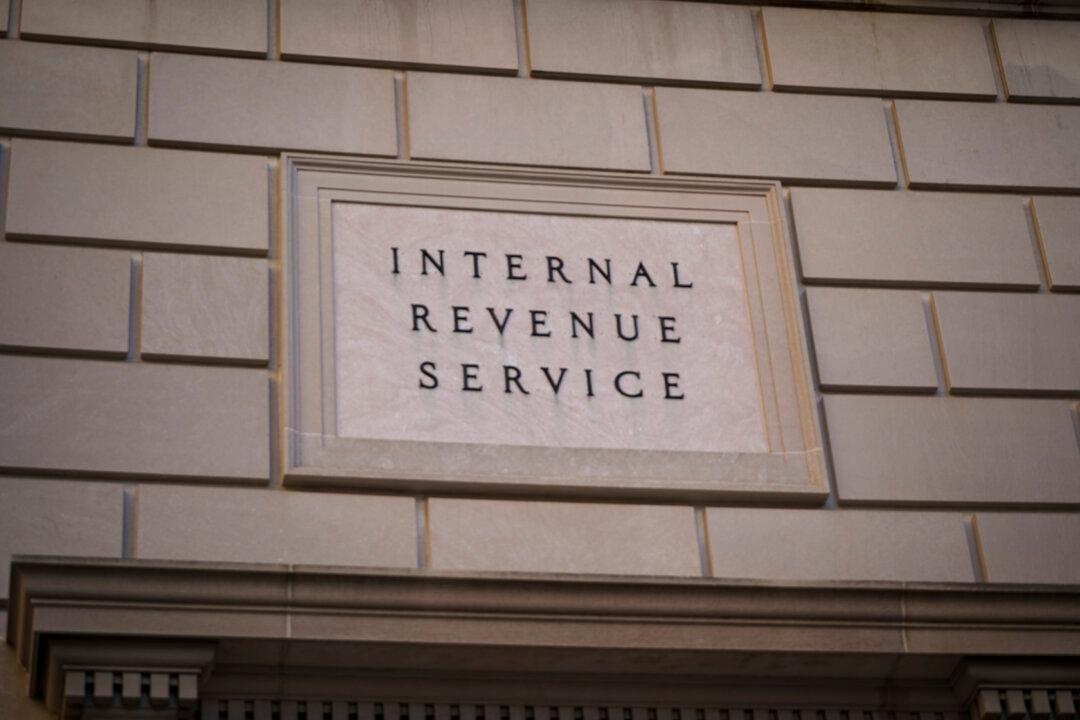With the April 15 tax-filing deadline for tax year 2023 fast approaching, here are some things to note that can be useful when filing returns in the coming days.
Different Deadlines
April 15 is the deadline to file taxes for all states, except Maine and Massachusetts. Due to Patriot’s Day and Emancipation Day holidays, the deadline for filing taxes in these states is extended for two more days. In addition, taxpayers from states impacted by disaster situations have different tax deadlines as well.For instance, individuals from certain parts of Maine where there were storms and floods have time until July 15 to file taxes. Similarly, the tax deadline for Hawaii citizens affected by the August 2023 wildfires have been extended to Aug. 7. A full list of tax due dates for disaster-affected regions can be found on the Internal Revenue Service webpage.





